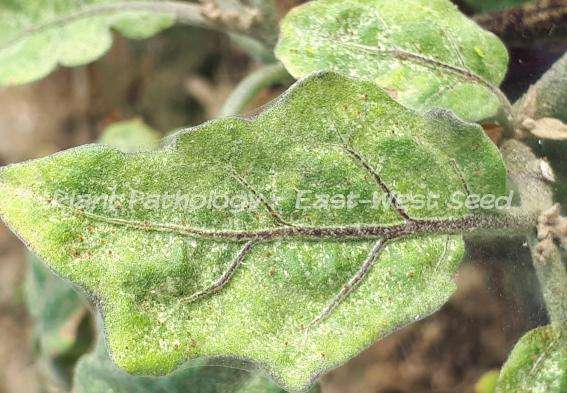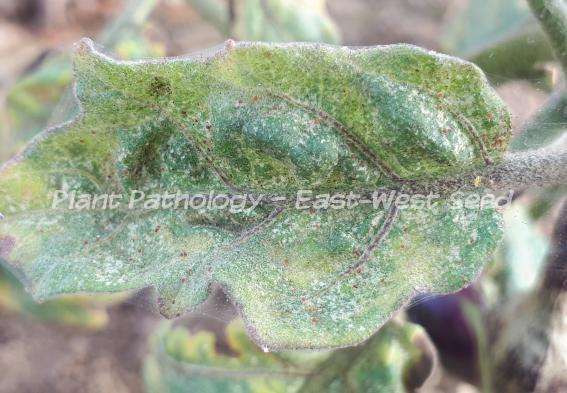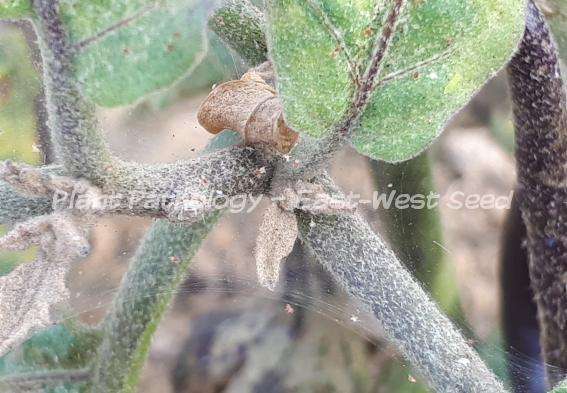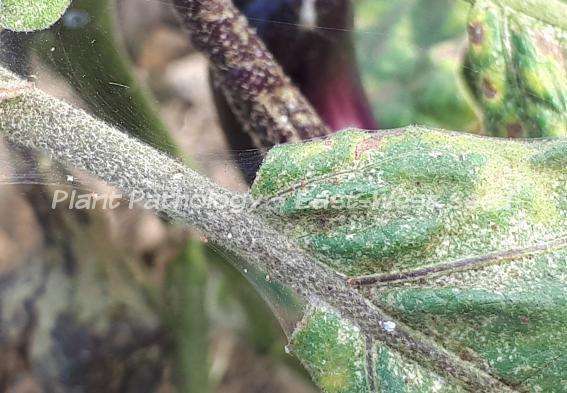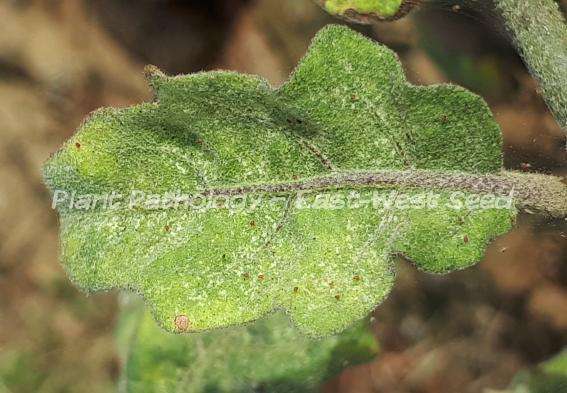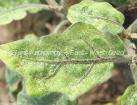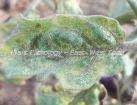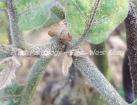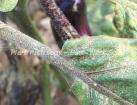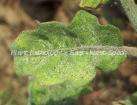| Common Species: | |
 |
Tetranychus cinnabarinus (Boisduval) |
| Common name: | |
 |
Webspinning mites |
 |
Pacific spider mites |
 |
Two-spotte spider mites |
 |
Strawberry spider mites |
| Damaging stage: | |
 |
Nymphs and adults |
| Crops Affected: | |
 |
Solanaceous, cucurbits, brassicas, legumes, papaya |
| Characteristic Damage: | |
 |
Initial damage due to feeding appears as light dots on the leaves. |
 |
Continuous feeding leads to leaf yellowing which later turns to bronze or reddish-brown and drop off. |
 |
Webs are evident on plants infested with high population of red spider mites. |
| Management and Control: | |
 |
Monitor the area regularly. |
 |
Prune heavily infested leaves and dispose properly. |
 |
Use natural enemies-predators such as sixspotted thrips (Scolothrips sexmaculatus), spider mite destroyer lady beetle (Stethorus picipes), minute pirate bugs, bigeyed bugs, and lacewing larvae. |
 |
Spray botanical insecticides such as neem, hot pepper and kakawate extracts. |
 |
Apply insecticides such as abamectin, diazinon whenever necessary. |
| References: | |
| https://en.wikipedia.org/wiki/Spider_mite | |
| http://www.ipm.ucdavis.edu/PMG/PESTNOTES/pn7405.html | |
To view other diseases, click here.
Need more help? Ask the Doctor.



